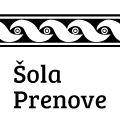TIC SLOVENJ GRADEC
What to see in this city?
Get to know the city
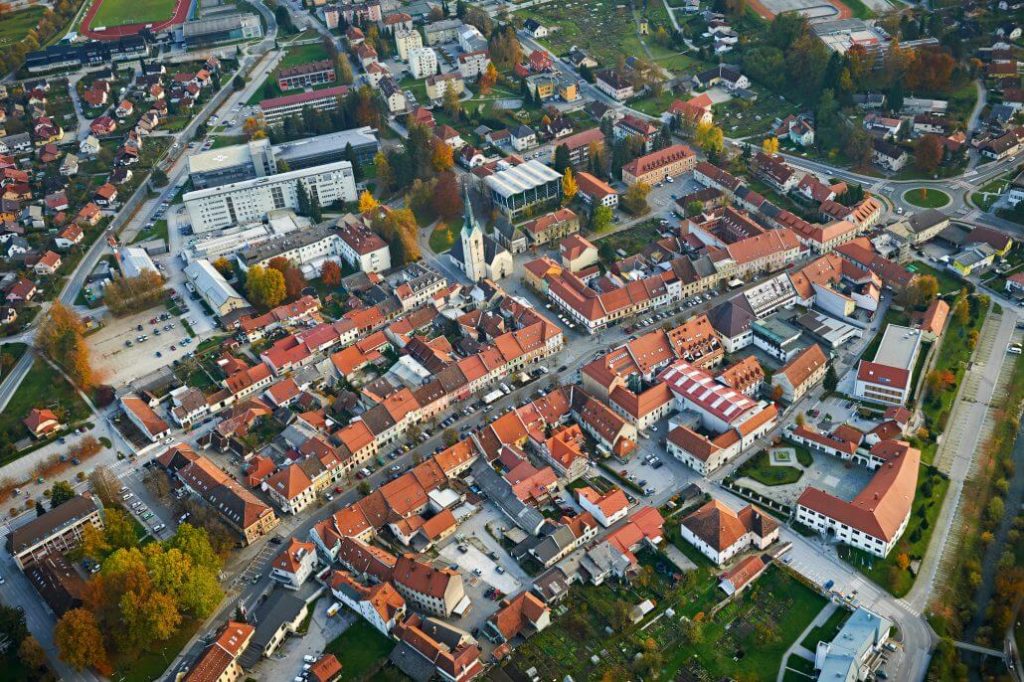
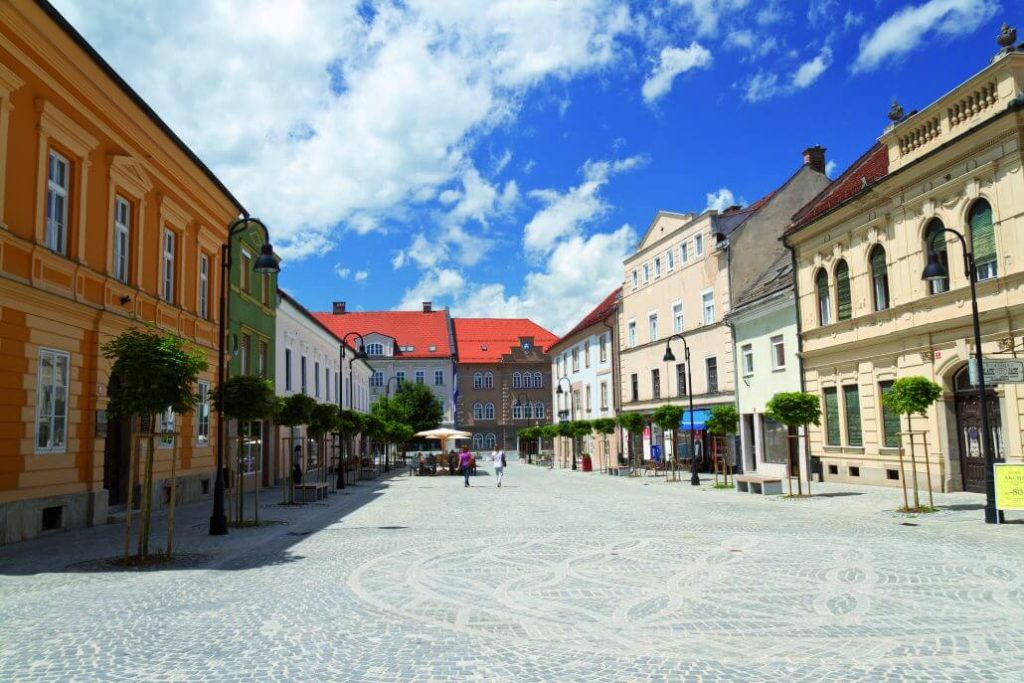
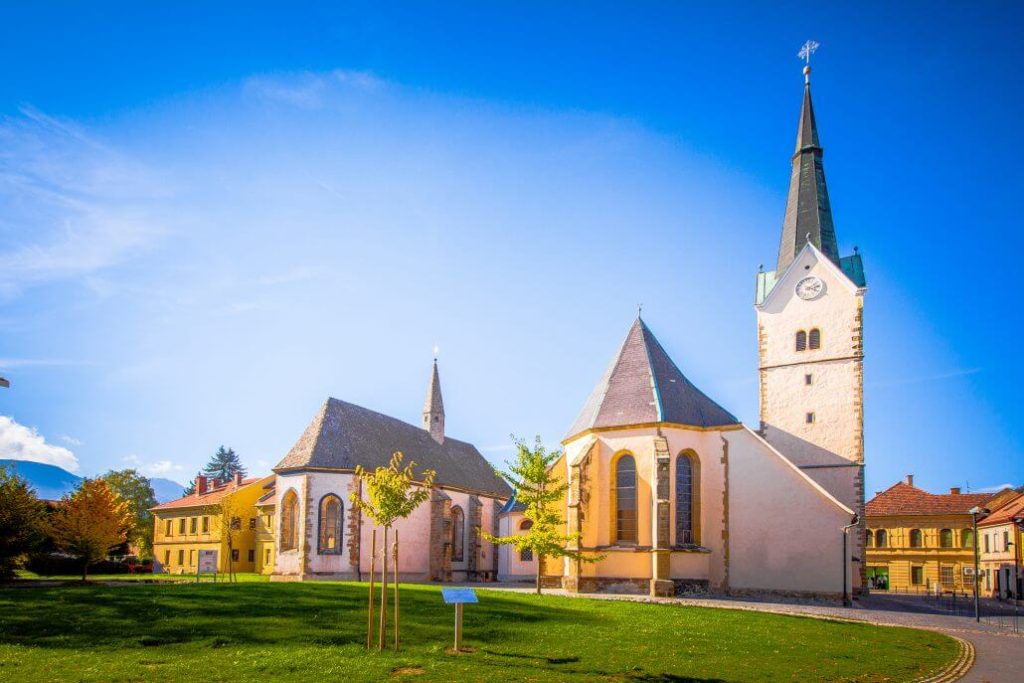
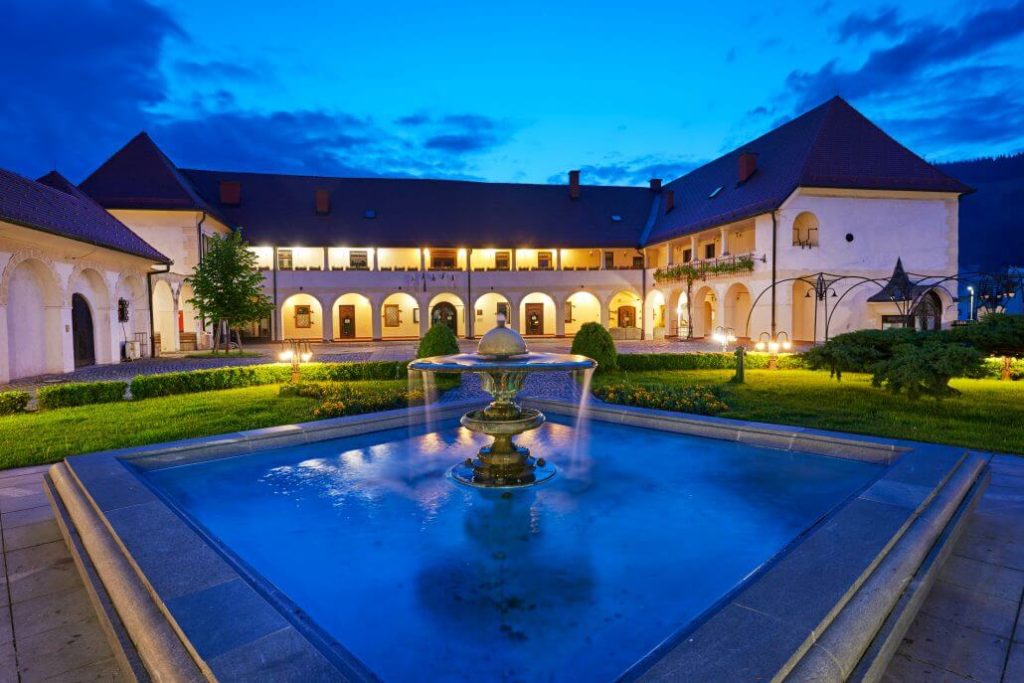
Carinthian Gallery of Fine Arts
The Carinthian Gallery of Fine Arts, established in 1957 as the Art Pavilion, has a rich collection of works of contemporary art. It can be found in the old City Hall, a building with the neon sign »Središče sveta« (meaning Center of the World) on it. The institution boasts with several successfully conducted exhibitions under the auspices of the United Nations, international projects and noticeable exhibitions of Slovenian and foreign artists, which today places the gallery in the wider international cultural space as a referencial cultural institution.
Carinthian Regional Museum
This museum can also be found in the old City hall and on other scattered locations around the city center. Museum offers an insight into the local history and contains various permanent collections, such as Božanski manom, Soklič’s collection, Franc Ksaver Meško Memorial Room and Tretjak’s African collection.
Museum collection about the Štirje kovači ensemble
Collection dedicated to the oldest ensemble in Slovenia, which has been operating continuously since 1954. The collected materials were donated by the members of the ensemble (spouses Šegovc) themselves. Their song »Kam le čas beži« was chosen as »Folk tune of the century«.
Shoemaker’s workshop Levovnik Museum collection
The collection with a modern museum presentation is an excellent example of the preservation of our city’s heritage crafts. It is located in the premises of one of the oldest shoemaking workshops in Slovenia, for instance, the oldest object in the museum is from the year 1925.
Hugo Wolf’s birth house
The birth house of the world-famous composer of the Romantic period Hugo Wolf, has been transformed into a memorial museum, in which operates the Hugo Wolf International Information and Documentation Center. The memorial exhibition, set in the interior of a bourgeois living environment from the end of the 19th century, presents Wolf’s life and work through all the characteristic periods of his intense, extravagant and also tragic life.
Medieval town center
The old town, which has preserved its original design and medieval form, represents an important urban monument. In the city center, where the most important cultural institutions are located, the buildings show an image from the 19th century. At the beginning of the 14th century, the town was surrounded by a wall, which is considered to be the highest preserved in Slovenia – in some places it still reaches the height of 4 m.
Rotenturn Manor
This picturesque manor with its arcades and beautiful Baroque portal grew through many reconstructions from an original defence tower, first mentioned in the 15th century and from part of town walls. Rotenturn is still closely linked to the city life. The atrium of the manor has also become the important entertainment venue of Slovenj Gradec.
St. Elizabeth’s Church
The first church in the world, dedicated to Elizabeth of Hungary, is the oldest building in the city. The interior of the church, built in 1251, is adorned with the main altar (by Janez Jakob Schoy), which is one of the greatest achievements of Baroque altar design in Slovenia. Picture of St. Elizabeth was painted by Franc Mihael Strauss. In the church you can also find stained glass, which Katarina Wolf dedicated to her son, composer Hugo Wolf.
Church of Holy Spirit
The Church, first mentioned in 1428, is a fine example of intact Gothic architecture. Most notable are the frescoes by Andrew of Otting, which presents 27 scenes from the Passion of the Christ.
Meškova’s bookhouse
Book lovers volunteer to run the bookhouse, where they give old books a second chance. There you can also find anything from rare, forgotten or most sought after books.



